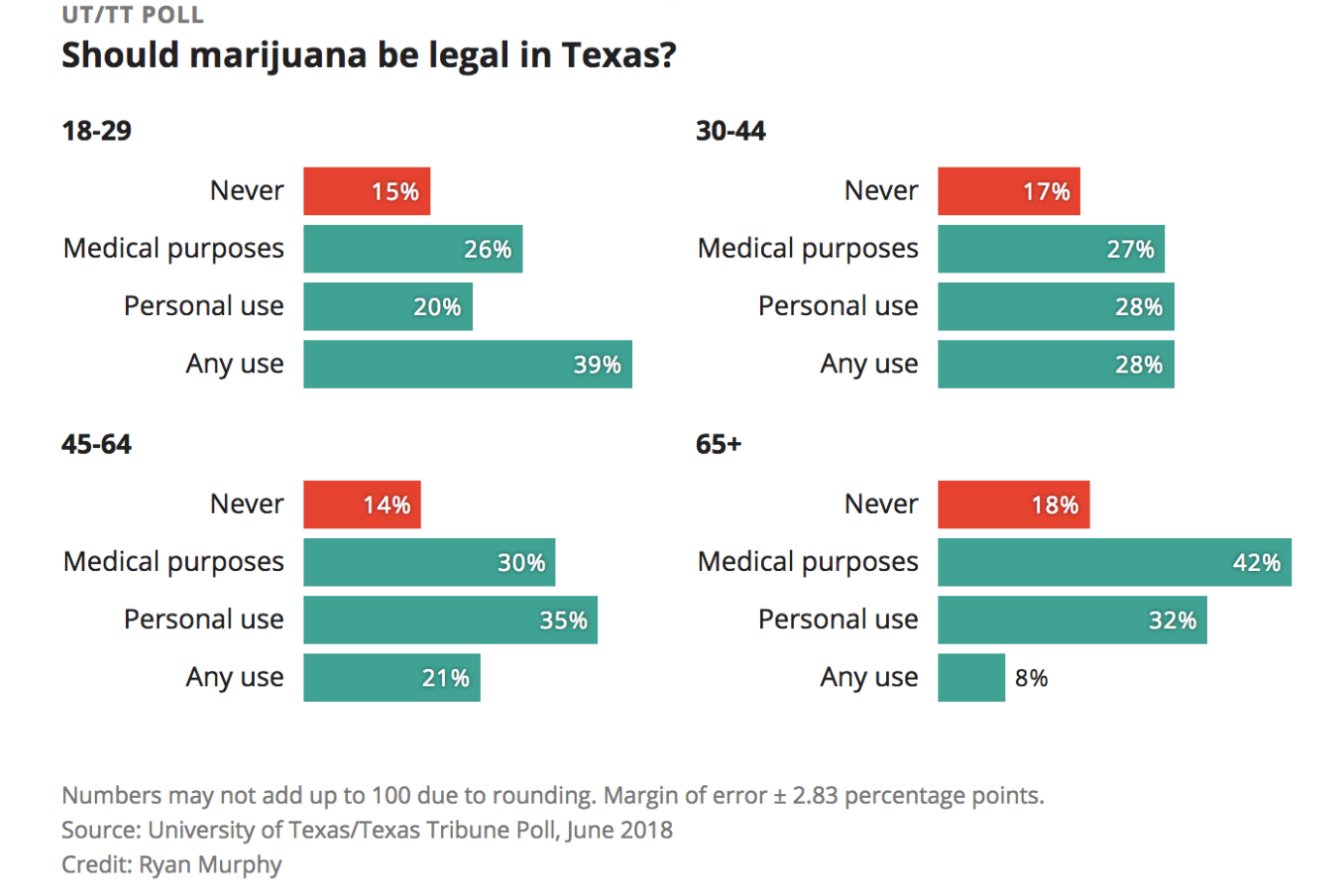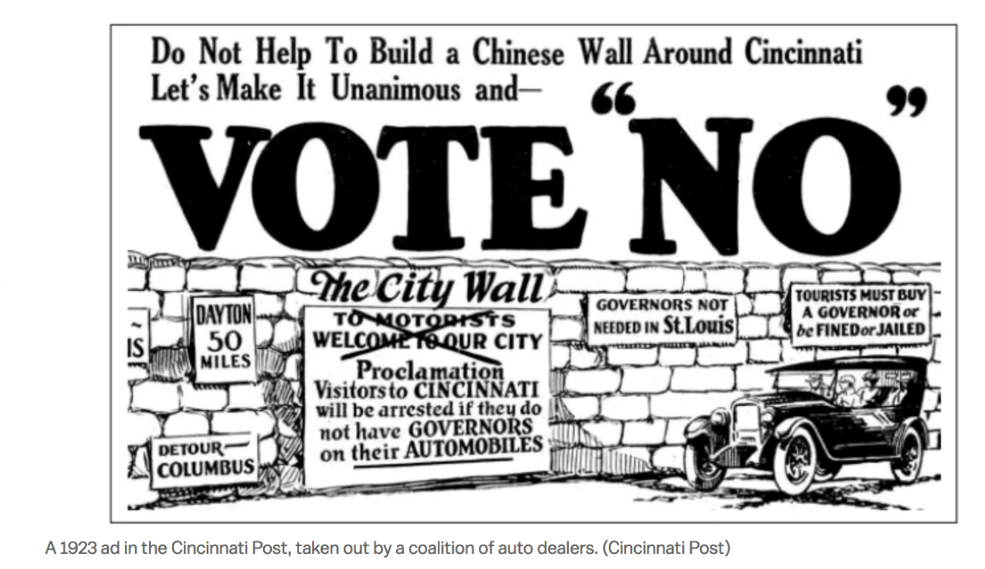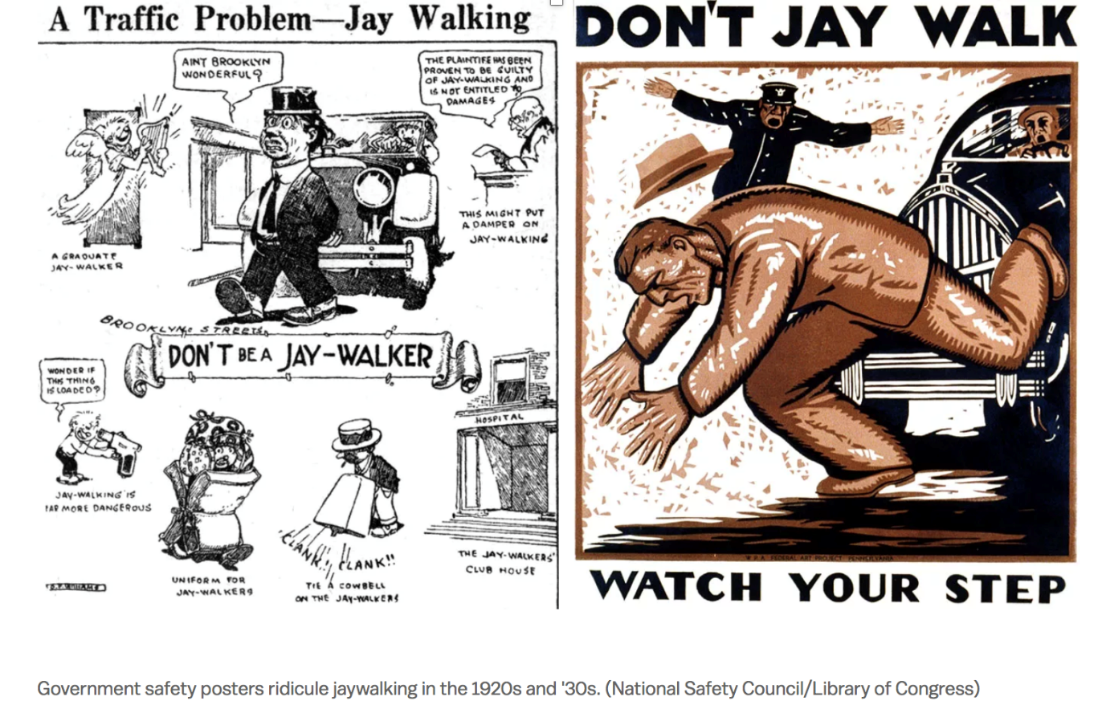2.1: Views of Defining Crime
- Page ID
- 66340
Views of Defining Crime
Consensus View [26]
Laws are rules that govern everyone living in a community. They are instituted to protect the members of the community from physical harm and abuse of their rights. But where do laws originate and how are they instituted? One view of how laws are created is the consensus view , which as it states, implies consensus (agreement) among citizens on what should and should not be illegal. This idea implies that all groups come together, regardless of social class, race, age, gender, and more, to determine what should be illegal. This view also suggests that criminal law is a function of beliefs, morality, and rules that apply equally to all members of society. [1]
One Child per Family Policy in China
In modern society, we tend to have consensus in the United States that people cannot kill their baby at birth because they wanted the opposite gender. If a person killed their child, murder charges would occur. At certain points in history in other countries, such as China, this was occurring and was not as deviant as some Americans would like to think it should have been, but it was still illegal. However, when the Chinese Government introduced a One Child per Family Policy, there was a surge in female infanticide. There was immense pressure on families to have sons because of their higher earning potential and contributions to the family. Again, that line between deviance and criminality can often blur, especially when trying to gain consensus.
|
|
Think About It… Female Infanticide Infanticide is the unlawful killing of very young children. It is found in both indigenous and sophisticated cultures around the world. Read this article on Female Infanticide by the BBC. How does this practice tie to consensus? |
Let us take a consensus approach to create laws but apply it to decriminalizing laws. An act becomes decriminalized when it is no longer criminal and becomes legalized, ultimately reducing or alleviating penalties altogether. Some have proposed a hybrid between decriminalization and criminalizing behaviors, such as prostitution to ensure rights to prostitutes and punish offenders who harm them. [2] An act can be decriminalized at the State level, but not necessarily the Federal level.
Marijuana Legalization
One example of decriminalization that came from a vote of consensus in states like Colorado, Washington, and Oregon was the legalization of recreational marijuana. Recently, Texas has shown signs of potentially decriminalizing marijuana and seeking reform laws. According to the latest University of Texas/Texas Tribune poll, more than half of the state’s registered voters support marijuana legalization in the state (a consensus), and only 16 percent said possession of marijuana should remain illegal under any circumstances. Marijuana is certainly a great example of decriminalization, whether it is for recreational or medicinal purposes. University of Texas/Texas Tribune Poll, June 2018 — Summary

|
|
Think About It… Marijuana Investigate this poll on Texas’s proposed changes for marijuana regulations . Then watch this video on the how weed came to be considered a class one drug in the United States |
Conflict View [28]
A third perspective of how we define crime or create laws is referred to as conflict view, commonly associated with Karl Marx in the 1800s. Conflict view sees society as a collection of diverse groups that can include owners, workers, wealthy, poor, students, professionals, younger older, and more. This view recognizes that the creation of laws is unequal and may not have consensus like in the example discussed previously. [1]
Further, the conflict view takes a very Marxian perspective and suggests that these groups are often in constant conflict with one another. Unlike the consensus perspective, the conflict view would suggest that the crime definitions are controlled by those with wealth, power, and social position in society. Essentially, laws are made by a select group in society, and the laws protect the ‘haves.’ Criminality shapes the values of the ruling class and is not of ‘moral consensus’. [2] There are many examples we use in the criminal justice field that demonstrates the conflict view in action.
Edwin Sutherland: White Collar Crime
Edwin Sutherland, a sociologist, first introduced white-collar crime during his presidential address at the American Sociological Society Meeting in 1939 and later published articles and books on the topic. [3] Specifically, he was concerned with the criminological community’s preoccupation with the low-status offender and “street crimes” and the lack of attention given to crimes that were perpetrated by people in higher status occupations.
Sutherland wrote a book, White Collar Crime , that sparked lots of debate. [4] However, there is a limited focus on white-collar crime and even less enforcement of it in the United States. From the conflict view, this would be because white-collar and corporate crime is committed by the ‘haves’ and they write their laws and define what is or is not a crime. Going back to how we define crime in society, white-collar crime is still a contested one.
Sutherland wrote a book, White Collar Crime, that sparked lots of debate. [5] However, there is a limited focus on white-collar crime and even less enforcement of it in the United States. From the conflict view, white-collar and corporate crime gets committed by the ‘haves,’ and they write the laws and define what is or is not a crime. Going back to how we define crime in society, white-collar crime is still a contested one.
Currently, there are different views of how one should define white-collar crime: defining white-collar crime based on the type of offender, type of offense, studying economic crime such as corporate and/or environmental law violations, health, and safety law violations, and/or the organizational culture rather than the offender or offense. The FBI studies white-collar crime in terms of offense, so official data for white-collar crime will not focus on the background of the offender, which can make the use of Uniform Crime Report Data, UCR data tricky to use if trying to determine a typical offender. The UCR will be covered more fully in chapter two, but it is data collected from police departments, and the FBI compiles reports. Again, conflict view may suggest the lack of focus on white-collar crime in U.S. society would be because the ‘haves’ creates the laws, not the ‘have-nots.’ ucr.fbi.gov/nibrs/nibrs_wcc.pdf
[6]
Interactionist View [29]
|
|
Think About It… Tattoos at Work An article on appropriate work dress by Forbes in 2015, encourages employers to revisit their dress code expectations, with a specific suggestion on lifting the ‘tattoo taboo.’ The article argues “allowing employees to maintain their style or grooming allows your company to project how genuine you are as a brand to employees and to the customers they support.” So, instead of suggesting tattoos are taboo in the workforce to employees, according to the article, one can encourage people to ‘project who they are’ by accepting tattoos and ultimately, improve your business. This example demonstrates how societal changes in how deviance can change through time and space. |
Typically, in our society, a deviant act becomes a criminal act that can be prohibited and punished under criminal law when a crime is deemed socially harmful or dangerous to society. [1]
In criminology, we often cover a wide array of harms that can include economic, physical, emotional, social, and environmental. The critical thing to note is that we do not want to create laws against everything in society, so we must draw a line between what we consider deviant and unusual verse dangerous and criminal. For example, some people do not support tattoos and would argue they are deviant, but it would be challenging to suggest they are dangerous to individuals and society. However, thirty years ago, it may have been acceptable to put into dress code, rules guiding our physical conduct in the workspace, that people may not have visible tattoos and people may not be as vocal as they would today. Today, tattoos may be seen as more normalized and acceptable, which could lead to a lot of upset employees saying those are unfair rules in their work of employment if they are against the dress code.
Now that we have a basis for understanding differences between deviance, rule violations, and criminal law violations, we can now discuss who determines if a law becomes criminalized or decriminalized in the United States. A criminalized act is when a deviant act becomes criminal and law is written, with defined sanctions, that can be enforced by the criminal justice system. [2]
|
|
Pin It! Jaywalking In the 1920s, auto groups aggressively fought to redefine who owned the city street. As cars began to spread to the streets of America, the number of pedestrians killed by cars skyrocketed. At this time, the public was outraged that elderly and children were dying in what was viewed as ‘pleasure cars’ because, at this time, our society was structured very differently and did not rely on vehicles. Judges often ruled that the car was to blame in most pedestrian deaths and drivers were charged with manslaughter, regardless of the circumstances. In 1923, 42,000 Cincinnati residents signed a petition for a ballot initiative that would require all cars to have a governor limiting them to 25 miles per hour, which upset auto dealers and sprang them into action to send letters out to vote against the measure.  It was at this point that automakers, dealers, and others worked to redefine the street so that pedestrians, not cars, would be restricted. Today, these law changes can be seen in our expectations for pedestrians to only cross at crosswalks. Figure 2.2 Don’t Jaywalk [31] To learn more about how American streets became car rather than people friendly read this vox article on Jaywalking . |
The creation of jaywalking laws would be an example of the interactionist view in lawmaking. The interactionist view states that the definition of crime reflects the preferences and opinions of people who hold social power in a particular legal jurisdiction, such as the auto industry. The auto industry used their power and influence to impose what they felt was to be right and wrong and became moral entrepreneurs. [3]
A moral entrepreneur was a phrase coined by sociologist Howard Becker. Becker referred to individuals who use the strength of their positions to encourage others to follow their moral stances. Moral entrepreneurs create rules and argue their causes will better society, and they have a vested interest in that cause that maintains their political power or position. [4] [5]
The auto industry used aggressive tactics to garner support for the new laws: using news media to shift the blame for accidents of the drivers and onto pedestrians, campaigned at local schools to teach about the importance of staying out of the street, and shame by suggesting you are in the wrong if you get hit. [6]
Fun fact: Most people may be unaware that they word ‘jay’ was derogatory and is similar today to being called a hick, or someone who does not know how to behave in the city. The tactic of shaming was powerful and has been used many times in society by moral entrepreneurs to garner support and pass laws against jaywalking.




